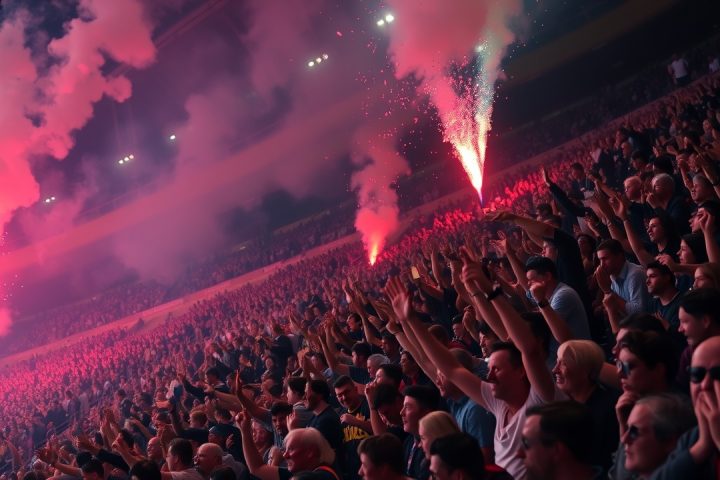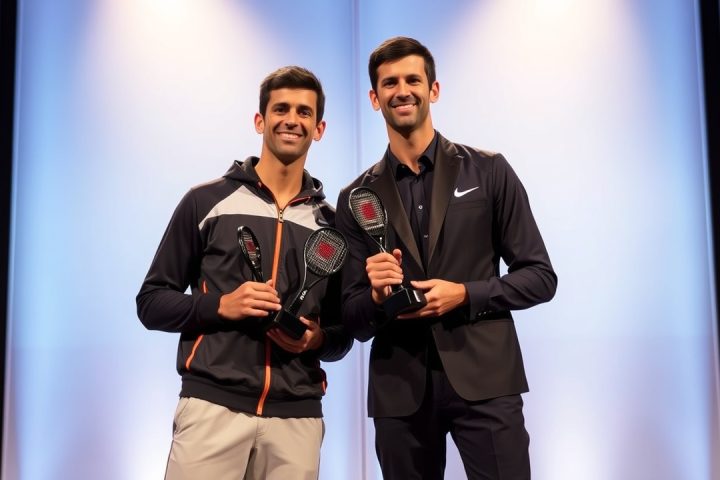MLS’s Shift in Strategy
In a noteworthy shift, Major League Soccer (MLS) continues to welcome aging European football stars, despite Commissioner Don Garber’s past statements suggesting the league wasn’t necessarily a retirement home for seasoned players. Back in early 2022, Garber claimed,
“We don’t need to bring in a big-name player at the end of their career because they decided they want to retire in MLS.”
Yet the landscape appears to have since changed, with prominent names like Son Heung-min, Thomas Müller, and Rodrigo De Paul making transfers to MLS clubs this summer, underscoring a trend that belies Garber’s assertion.
Impact of Aging Talent
This influx of aging talent has seen notable players like Messi, 38, alongside other veterans such as Luis Suárez and Sergio Busquets, dominating the scene at Inter Miami—currently favorites for the MLS Cup. A recent wave of arrivals also includes players such as Hugo Lloris, Eric Choupo-Moting, and Marco Reus who are either approaching or surpassing the age of 30. The apparent contradiction between Garber’s statements and the reality suggests that MLS is actively pursuing established international players, irrespective of their age.
Historical Context
Historically, the league’s engagement with older stars can be traced back to high-profile transfers like David Beckham’s move from Real Madrid to LA Galaxy in 2008. This transfer, initially perceived as a publicity stunt, ended up contributing positively on the pitch as Beckham played a significant role in his later seasons, helping the Galaxy to two MLS Cup victories. Remarkably, Beckham’s contributions—notably his goal and assist metrics—surpass those of several contemporary players making similar transitions to MLS.
Analysis of Transfers
An analysis of notable transfers from Europe’s elite leagues to MLS reveals insight into their outcomes. A compilation of 20 players who made moves at or after the age of 30 and had market values of at least €5 million shows promising statistics. The average metrics of these players indicate a slight increase in their contributions in the league compared to their final seasons in Europe, particularly in non-penalty goals and assists.
Success of Transitioning Players
Interestingly, the transition success of these players indicates that many do maintain significant relevance in their later years. For example, the averages reveal that these players not only played a higher percentage of available minutes but also saw an uptick in their goal contribution rates once joining MLS. This raises key questions about the advisable youth versus experience balance for teams in the league.
Implications for Future Signings
What do these findings suggest for this summer’s signings? With Son Heung-min and Rodrigo De Paul entering the league, both coming with strong market values and favorable playing percentages, they align with historical successful transitions of players into MLS. Conversely, players with lower market values and a history of limited playtime, like Müller, may face significant challenges adapting successfully to the league. This strategic acquisition of high-profile, experienced talent appears to be a calculated move by MLS franchises aiming to enhance their competitive edge while maintaining a captivating entertainment product for fans.




